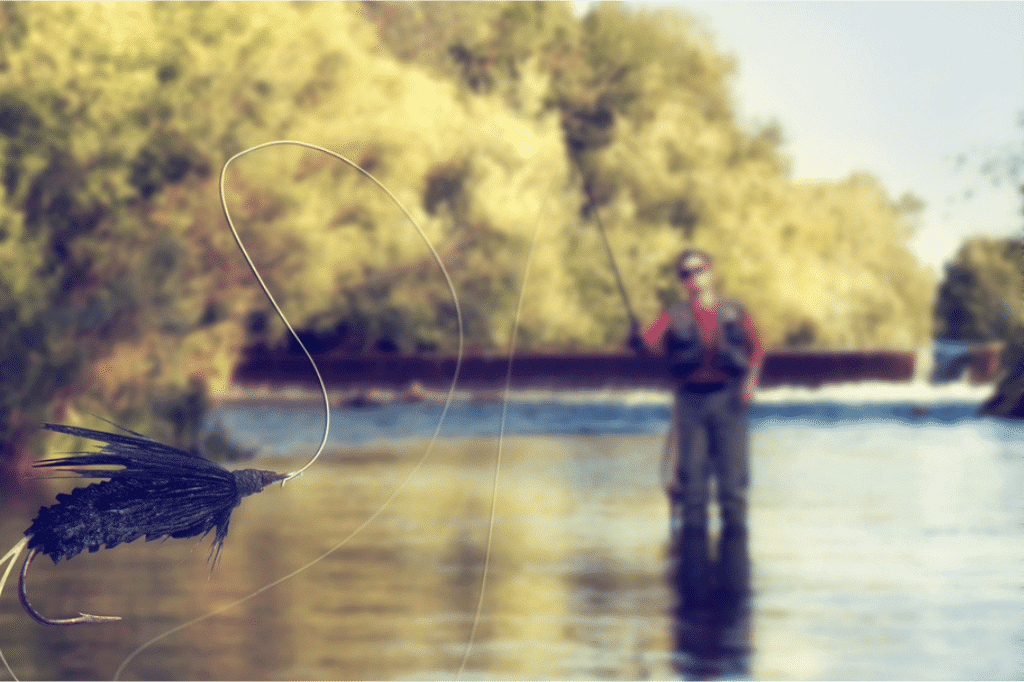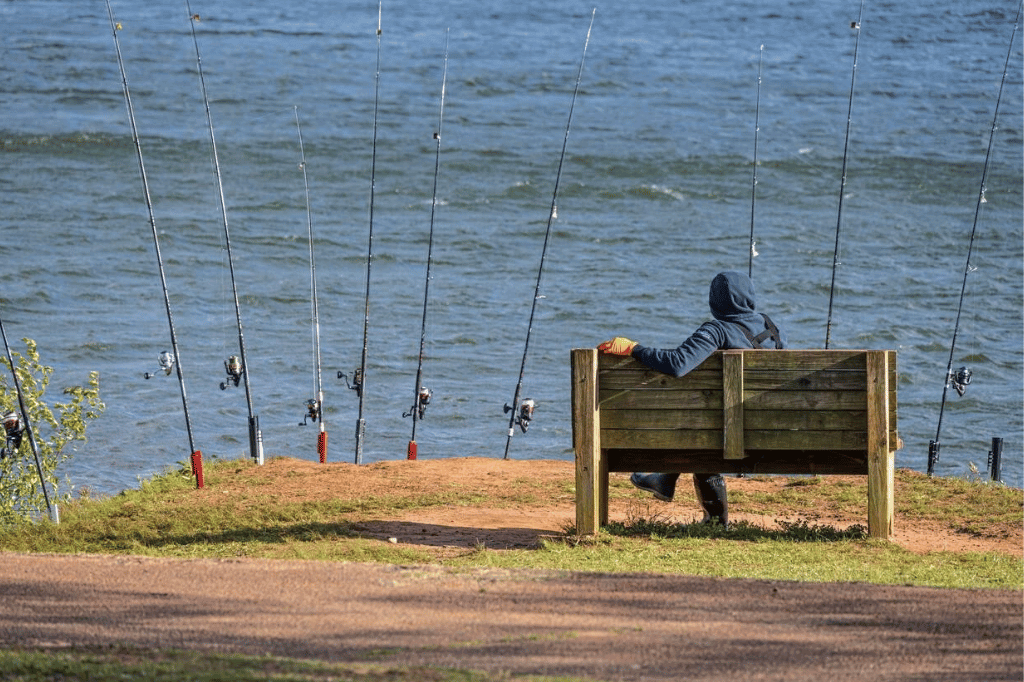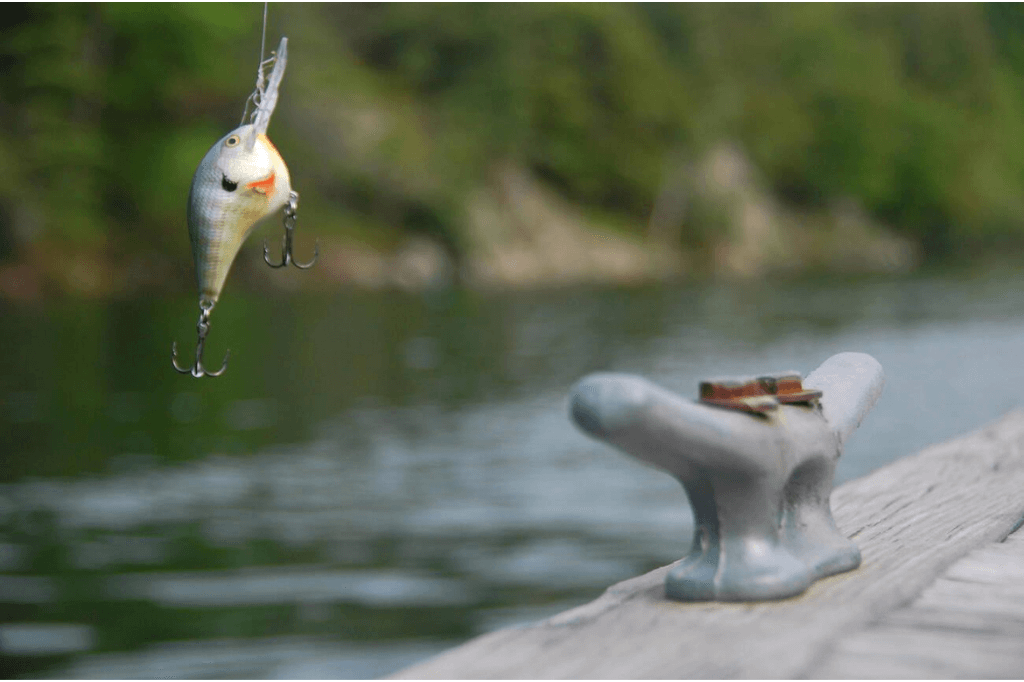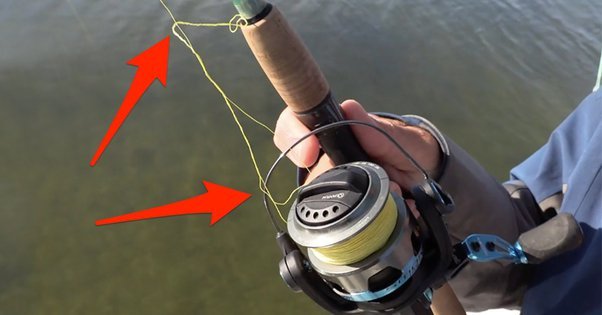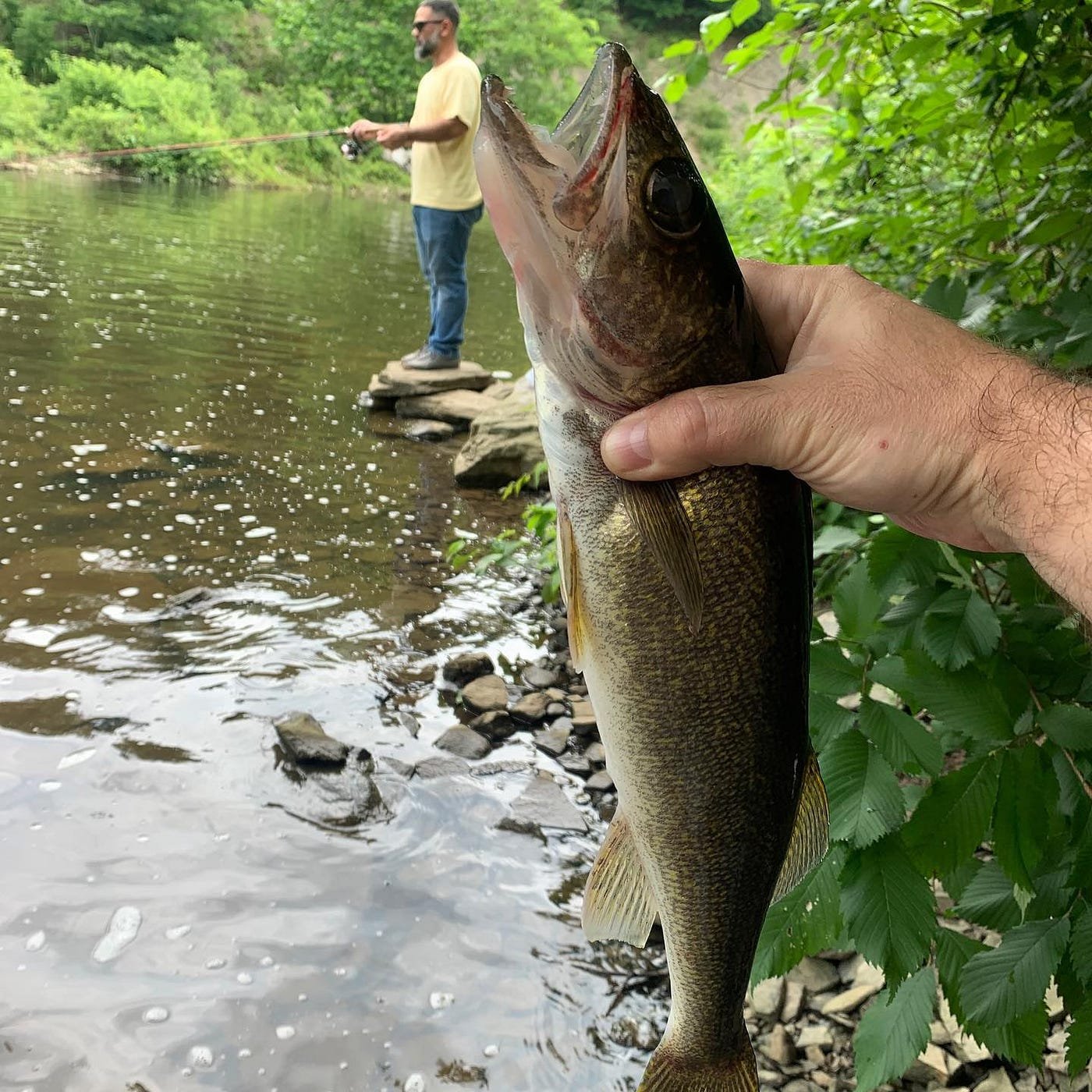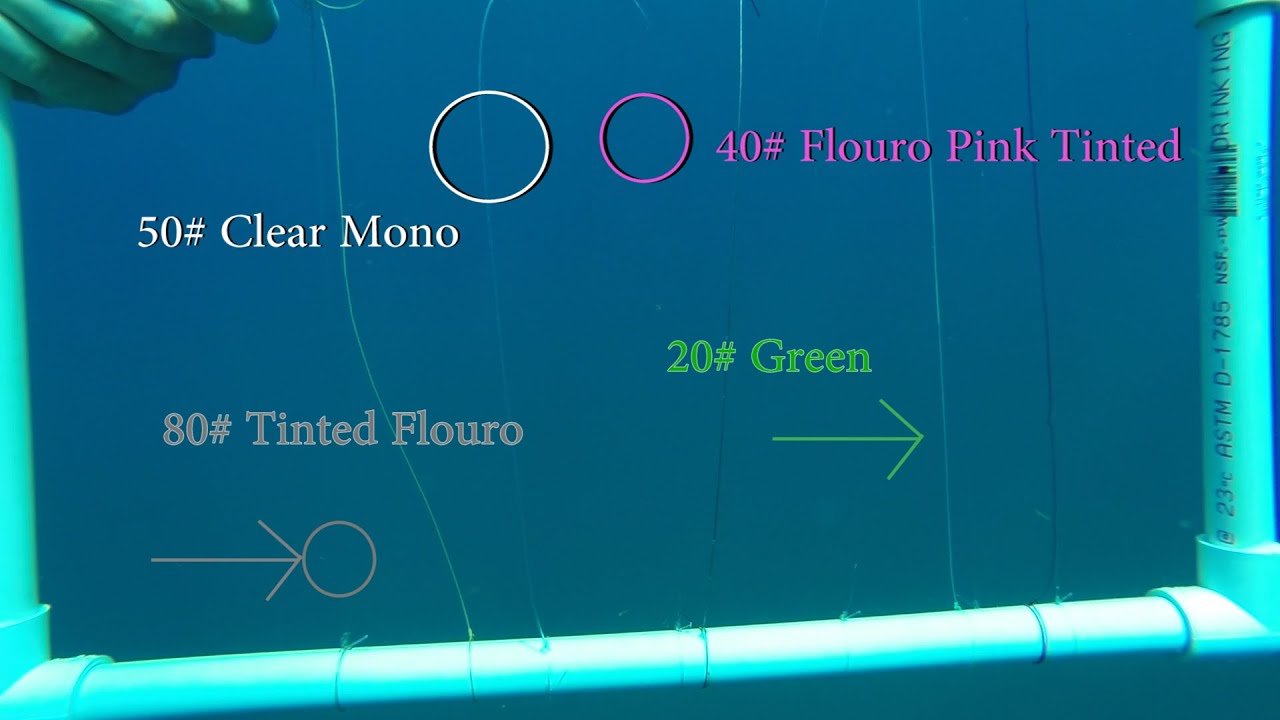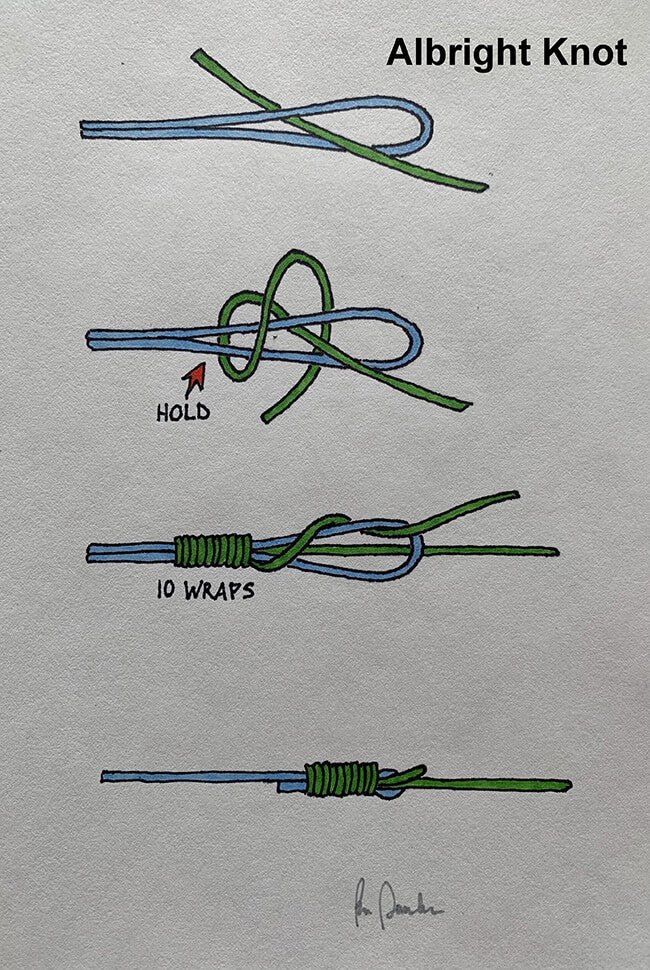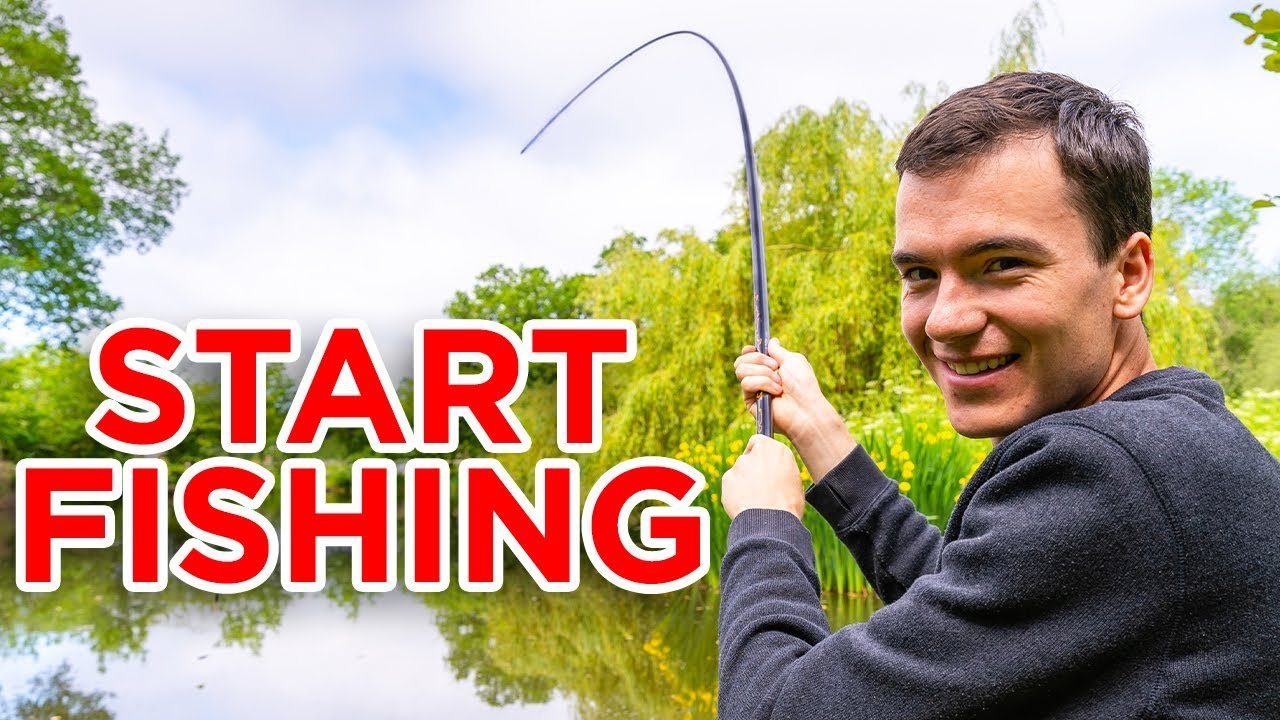Motor fishing kayaks are revolutionizing the angling world, providing a perfect blend of stealth and mobility for fishing enthusiasts. By incorporating a motor, kayak anglers can travel farther and fight currents without exhausting themselves, ensuring they expend their energy on what matters most – the catch.
The adaptability of these kayaks makes them suitable for various water conditions, from calm lakes to coastal waters. They come with customized options such as rod holders, storage compartments, and comfortable seating, all designed to improve the fishing experience. Whether you’re a seasoned fisherman or new to the sport, a motorized fishing kayak could be an invaluable tool in your outdoor adventures, making each trip more productive and enjoyable.
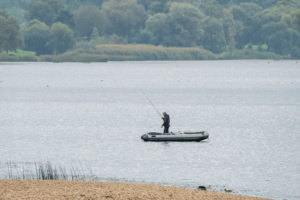
Types Of Motor Fishing Kayaks
Pedal-driven Motor Fishing Kayaks
Pedal-driven motor fishing kayaks offer a unique blend of exercise and efficiency. These kayaks use a pedal system to power a propeller or fins beneath the boat. Here’s why they’re popular:- Hands-free navigation: Keep your hands on the fishing rod while steering with your feet.
- Stealthy approach: Move quietly through the water, perfect for sneaking up on fish.
- Stability: Wide hulls provide a steady platform ideal for casting and reeling in catches.
Electric Motor Fishing Kayaks
For those seeking ease of use and quiet operation, electric motor fishing kayaks are the answer. They are packed with advantages:- Eco-friendly: No emissions and a small carbon footprint make for green excursions.
- Low maintenance: Fewer moving parts mean less hassle and care.
- Variable speed: Easy speed control allows for precise maneuvering.
Gas-powered Motor Fishing Kayaks
A gas-powered motor fishing kayak brings the thrill of speed and long-range exploration. Here’s what to know:- Power: Tackle strong currents and winds with potent engines.
- Distance: Ideal for covering large areas of water quickly.
- Fuel requirement: Keep in mind the need for regular refueling.
Selecting The Right Motor
Considerations For Motor Selection
Before choosing a motor, consider these essential factors:- Kayak Size and Weight: The motor must match your kayak’s specifications.
- Thrust: Measured in pounds, this reflects the motor’s power.
- Battery Life: Make sure the battery can last through your planned trip.
- Noise Level: A quieter motor won’t scare fish away.
- Saltwater Compatibility: Not all motors handle saltwater conditions.
Comparing Motor Options
Different motors offer unique benefits.| Type | Thrust | Battery Life | Noise | Saltwater Ready |
|---|---|---|---|---|
| Electric | 15-30 lbs | High | Low | Yes/No |
| Gas | 25-50 lbs | Medium | High | Yes |
Accessories For Motor Fishing Kayaks
Fish Finders And Gps Systems
Navigation and fish tracking get a boost with the latest tech.- Visual Display: Clear screens show fish location.
- Water Depth: Know how deep your targets swim.
- GPS Mapping: Mark spots for a bountiful return trip.
Kayak Trolling Motors
Hands-free propulsion lets you focus on the catch.| Motor Type | Speed Settings | Battery Life |
|---|---|---|
| Electric | Multiple | Extended |
| Gas-powered | Variable | Varies |
Stabilizers And Outriggers
Enhance your kayak’s stability to reel in the big ones.- Reduce Capsizing: Outriggers provide balance.
- Increased Comfort: Stabilizers add security during fights with fish.
- Easy Installation: Set up quickly and start fishing.

Credit: bonafidefishing.com
Tips For Fishing With A Motor Fishing Kayak
Optimizing Motor Use For Fishing
- Start slow: Gain control by testing motor speed close to shore.
- Conserve battery: Go easy on throttle and save power for returns.
- Stealth approach: Use low speeds when nearing fish hotspots.
- Maintain balance: Evenly distribute gear weight for stability.
- Anchor wisely: Use anchors in combination with the motor for precise positioning.
Navigating Different Water Conditions
- Calm waters: Optimally explore these with gentle motor power.
- Rough currents: Engage higher motor speeds with caution for safety.
- Shallow areas: Raise motor to avoid hitting the bottom and damaging the propeller.
- Wind conditions: Adjust speed and direction to compensate for wind impact.
- Weedy zones: Clean propeller regularly to prevent entanglement and maintain efficiency.
Maintenance And Care
Cleaning And Storage
After each trip, a quick rinse does wonders. Freshwater cleans off salt and grime. Use mild soap and a soft sponge for a deeper cleanse. Dry fully before storing. This avoids mold and damage. Here’s a checklist:- Hose down the kayak.
- Scrub with soapy water.
- Rinse thoroughly.
- Let it air dry.
- Checking Motor and Battery Systems
Checking Motor And Battery Systems
| Checklist | Action |
|---|---|
| Motor | Inspect connections and remove debris. |
| Battery | Charge regularly. Store away from extreme temperatures. |
Safety Considerations
Essential Safety Gear
Before setting out, double-check your safety equipment list. Remember, good gear can save your life. Here is a list of must-have items:- Personal flotation device (PFD): Wear it at all times.
- Helmet: Essential in rough waters or rocky areas.
- Waterproof communication device: Keep in touch with the shore or other boats.
- First-aid kit: Prepare for any minor injuries.
- Whistle or horn: Signal for attention in emergencies.
- Navigation lights: Stay visible, especially in low-light conditions.
- Bilge pump: Remove any water that may enter the kayak.
Understanding Waterway Regulations
Navigating waterways comes with a set of rules. It is crucial to comprehend these regulations to avoid fines and ensure safety. Each city and water body might have different rules. Here are key points to consider:- Know the speed limits: Always adhere to the set speed regulations.
- Right-of-way rules: Understand who has priority on the water.
- Area restrictions: Some zones are off-limits for motorized vessels.
- License requirements: Make sure your licensing is up to date.
- Wildlife and environmental laws: Be aware of protected areas.
Conclusion And Future Trends
Final Thoughts
Today’s kayaks offer stability, ease, and fishing prowess. They cater to both novices and seasoned fishers. Comfort meets functionality in designs that astonish.Upcoming Innovations In Motor Fishing Kayaks
- Eco-friendly motors will lead, minimizing environmental impact.
- Modular designs make kayaks customizable for personal touch.
- Enhanced battery life promises longer trips without worry.
- AI technology could offer navigation and fish tracking.
- Solar charging integrates for uninterrupted power.
- Lightweight materials enhance maneuverability and transport.
Frequently Asked Questions Of Motor Fishing Kayak
Can You Put A Motor On A Fishing Kayak?
Yes, you can equip a fishing kayak with a motor. Many models accommodate trolling motors or small outboard engines for added propulsion. Ensure you follow any specific installation guidelines and local boating regulations.
Is It Worth Putting A Trolling Motor On A Kayak?
Installing a trolling motor on a kayak boosts control and allows for more efficient fishing trips, offering a worthwhile investment for avid kayakers seeking convenience and improved mobility on the water.
What Kind Of Kayak Can You Put A Trolling Motor On?
You can attach a trolling motor to most fishing kayaks, canoes, and any kayak with a flat or square stern designed for motor mounting.
How Fast Is A Motorized Kayak?
A motorized kayak typically reaches speeds up to 5-7 mph, with some high-performance models capable of up to 10 mph.
Conclusion
Exploring waters with a motor fishing kayak offers unmatched thrills. It combines convenience with the joy of the catch. Perfect for enthusiasts and pros alike, this vessel takes your angling adventures to the next level. Embrace the blend of technology and tradition in your next outdoor venture.
Happy kayaking and tight lines!













